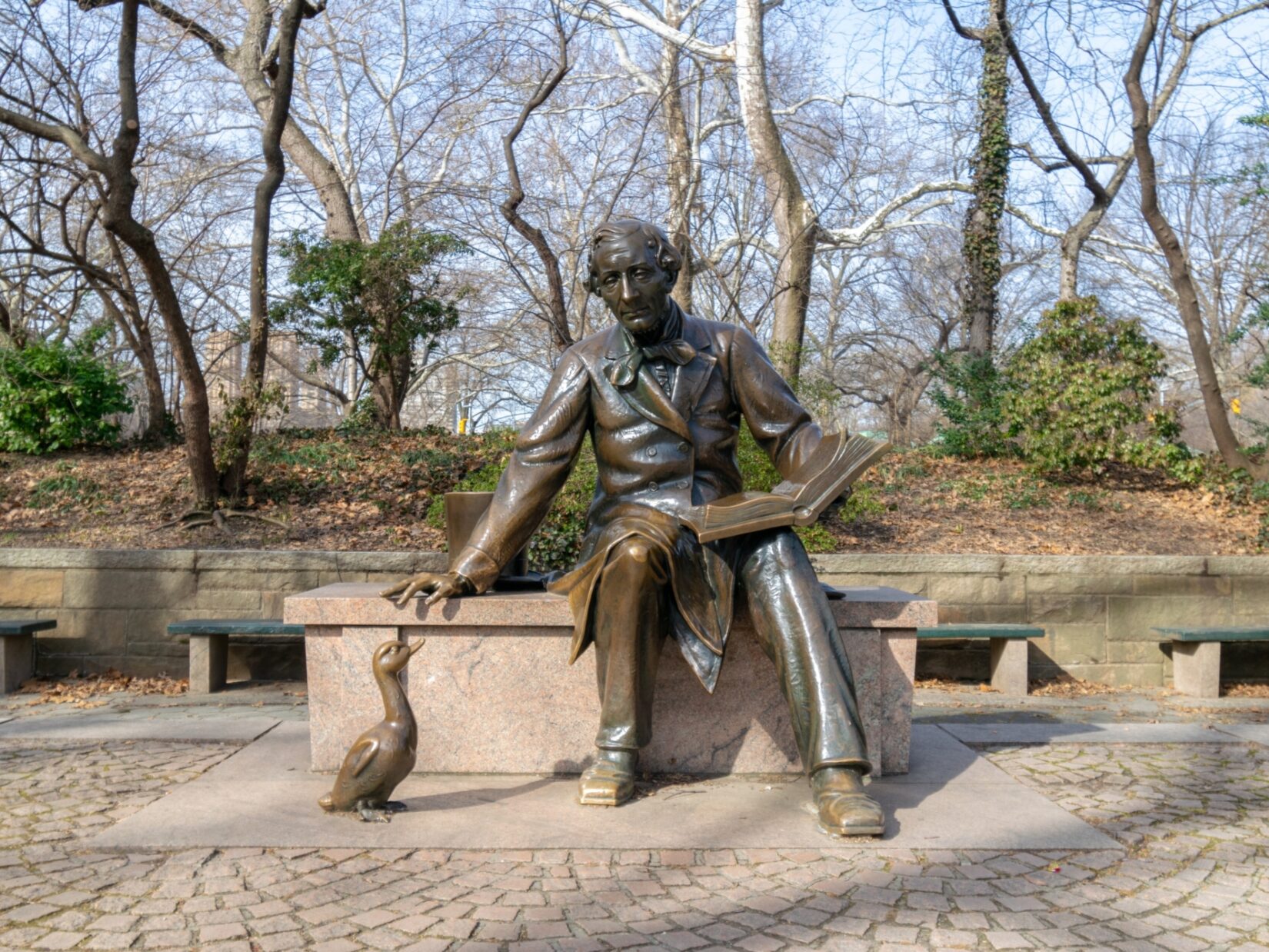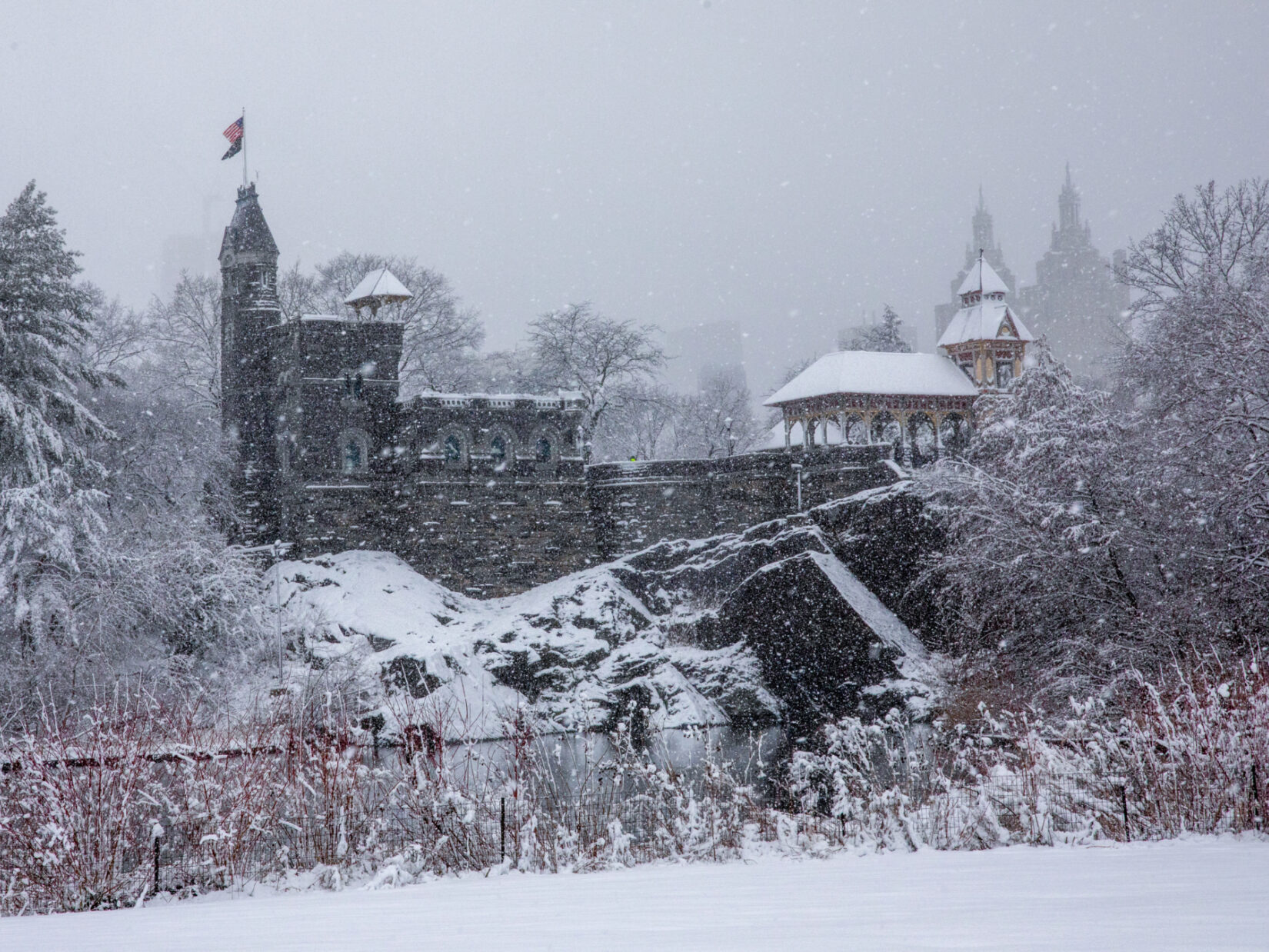Obelisk (Cleopatra’s Needle)

The Obelisk was created around 1425 BCE in Heliopolis, Egypt, an area north of modern-day Cairo. It sits on a rocky hill known as Greywacke Knoll, across from the Metropolitan Museum of Art.
Central Park is the third location for this 220-ton monolith, a single piece of stone carved out of granite at the quarries of Aswan, a major source of stone for Egyptian antiquities. It was one of two obelisks commissioned by Pharaoh Thutmose III for the Temple of the Sun in Heliopolis, near modern-day Cairo. Scholars believe that obelisks represented eternity and immortality, and their long, tapering form functioned to connect the heavens and the earth. Their pinnacles were typically covered in gold to reflect the sunlight.
When the Romans discovered the two obelisks in 12 BCE, both had toppled and were lying partially buried in the sand. The Romans transported the obelisks to Alexandria and installed them at an entrance to a temple dedicated to Julius Caesar. The temple had been built by Cleopatra, which is one theory of how they came to be called “Cleopatra’s Needles,” a name that still endures. The Romans created the bronze crabs as supports for the damaged obelisks. In Roman mythology, crabs are associated with Apollo, the sun god, thus continuing the solar connection.
Then & Now: Obelisk
Created roughly 3,500 years ago in Egypt, the Obelisk—also known as Cleopatra's Needle—was dedicated in Central Park in 1881. Standing between the Great Lawn and the Met Museum, the Obelisk is the oldest outdoor monument in NYC.
In the 1870s, the Egyptian government gave one obelisk to England, and the second obelisk was gifted to the United States by the Khedive Ismail Pasha in commemoration of the opening of the Suez Canal. The removal of the Obelisk and its transportation to New York took over a year, and was a significant feat of logistics, diplomacy, and engineering. It was installed in Central Park in January 1881.
In 2011, the Conservancy began a three-year project to conserve the Obelisk, the most comprehensive in the monument’s history. They collaborated with numerous outside experts and consultants, including the staff of the Metropolitan Museum of Art to extensively document the monument, and then clean and stabilize its surface.






